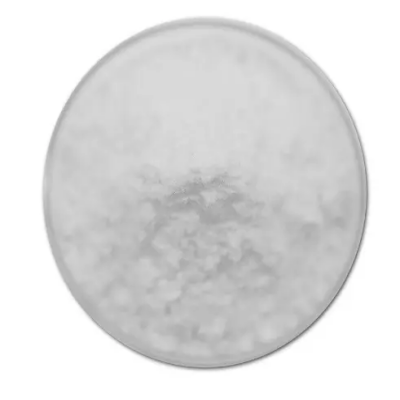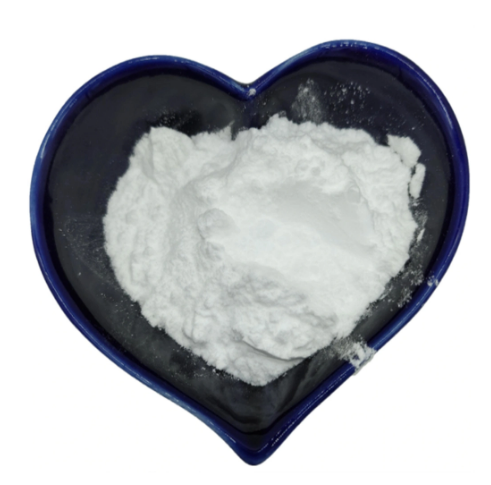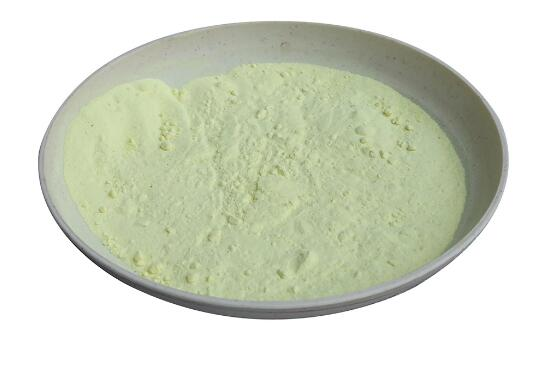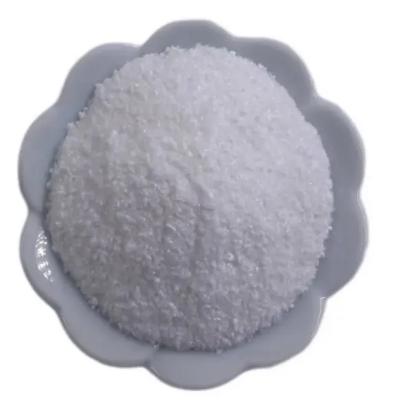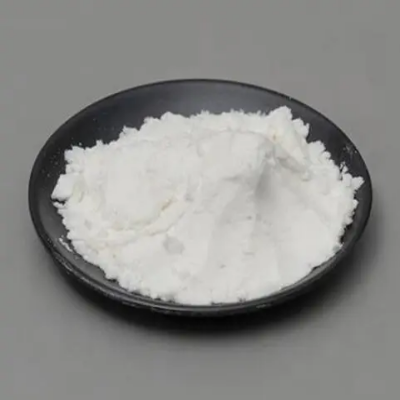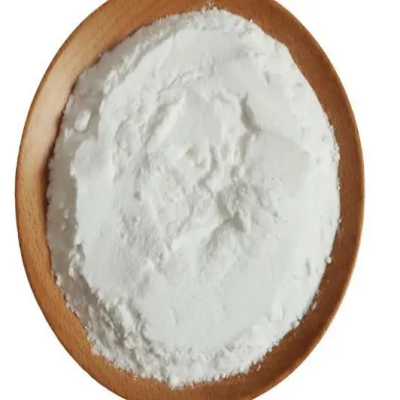Diallyl Phthalate CAS:131-17-9
Diallyl phthalate (DAP), with the molecular formula C₁₄H₁₄O₄, is an important unsaturated diester derived from the esterification of phthalic acid and allyl alcohol. The presence of two allyl groups in its structure imparts unique reactivity and functionality, making DAP valuable in various industrial applications. One of the primary uses of diallyl phthalate is as a cross-linking agent in polymer chemistry. Cross-linking refers to the process of chemically joining two or more polymer chains together, which enhances the mechanical strength, thermal stability, and durability of the resulting material. When incorporated into formulations for unsaturated polyester resins or epoxy resins, DAP facilitates the formation of tightly bonded networks that improve the material’s resistance to heat, chemicals, and physical stress. This property is particularly beneficial in industries such as automotive, aerospace, and construction, where high-performance materials are required. In addition to its role as a cross-linker, diallyl phthalate functions as a plasticizer. Plasticizers are additives that increase the flexibility and workability of polymers. By incorporating DAP into plastic formulations, manufacturers can achieve enhanced elasticity, softness, and pliability, making it suitable for applications such as flexible films, coatings, and molded parts. DAP’s compatibility with a wide range of polymer systems, combined with its ability to maintain low volatility, adds value to its use in enhancing product performance. Furthermore, diallyl phthalate plays a crucial role in the formulation of coatings and adhesives. Its unique chemical properties allow it to impart improved adhesion, gloss, and weather resistance to coating systems, while also enhancing the overall durability of adhesive bonds. This versatility makes DAP an attractive option for industries requiring reliable and long-lasting surface protection. Despite its numerous advantages, safety considerations when handling diallyl phthalate are essential. The compound may pose health risks if inhaled or absorbed through the skin, potentially leading to irritation or allergic reactions. Therefore, appropriate safety measures, including personal protective equipment (PPE) and proper ventilation during processing, should be strictly followed. Moreover, growing environmental concerns regarding the use of certain phthalates have led to increased scrutiny and regulatory actions. As a result, researchers and manufacturers are exploring alternative formulations and safer substitutes to minimize any potential ecological impact associated with traditional phthalates, including diallyl phthalate. In conclusion, diallyl phthalate is a versatile and valuable compound widely used in the production of cross-linked polymers, plasticized materials, coatings, and adhesives. Its unique properties contribute to enhanced mechanical performance and chemical resistance, making it indispensable across various industries. However, attention to safety and environmental considerations is crucial when working with this compound. Ongoing research into greener alternatives and sustainable practices will ensure that diallyl phthalate continues to be utilized effectively while promoting health and environmental safety.



| Composition | C14H14O4 |
| Assay | 99% |
| Appearance | white powder |
| CAS No. | 131-17-9 |
| Packing | Small and bulk |
| Shelf Life | 2 years |
| Storage | Store in cool and dry area |
| Certification | ISO. |




